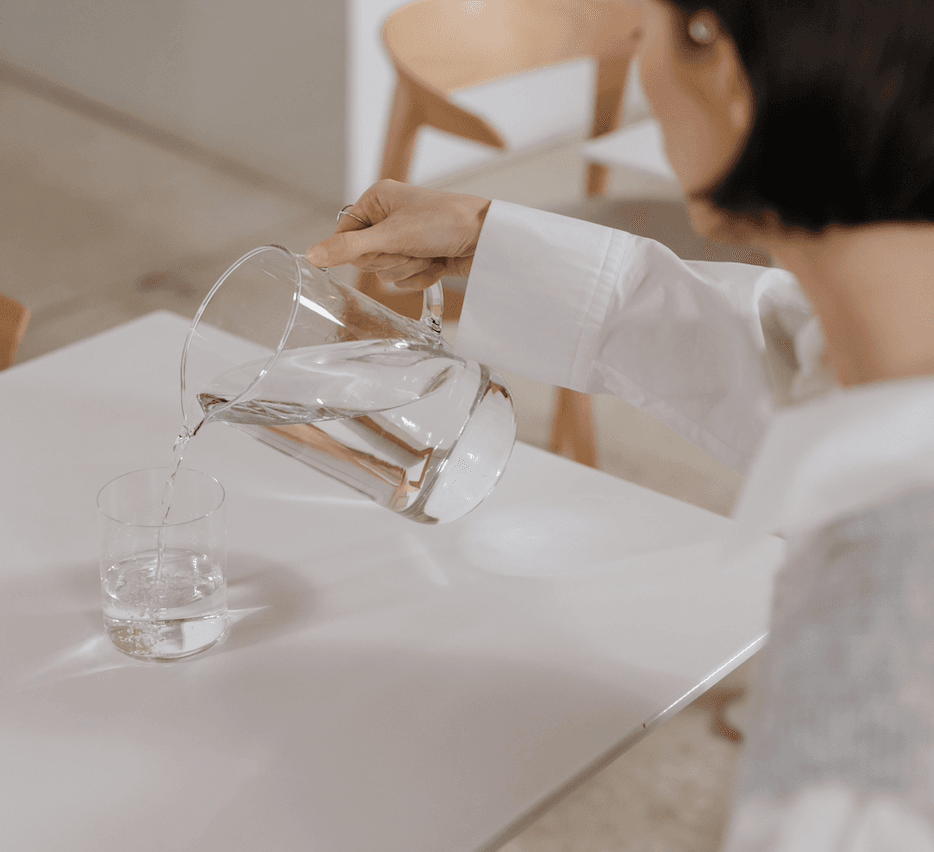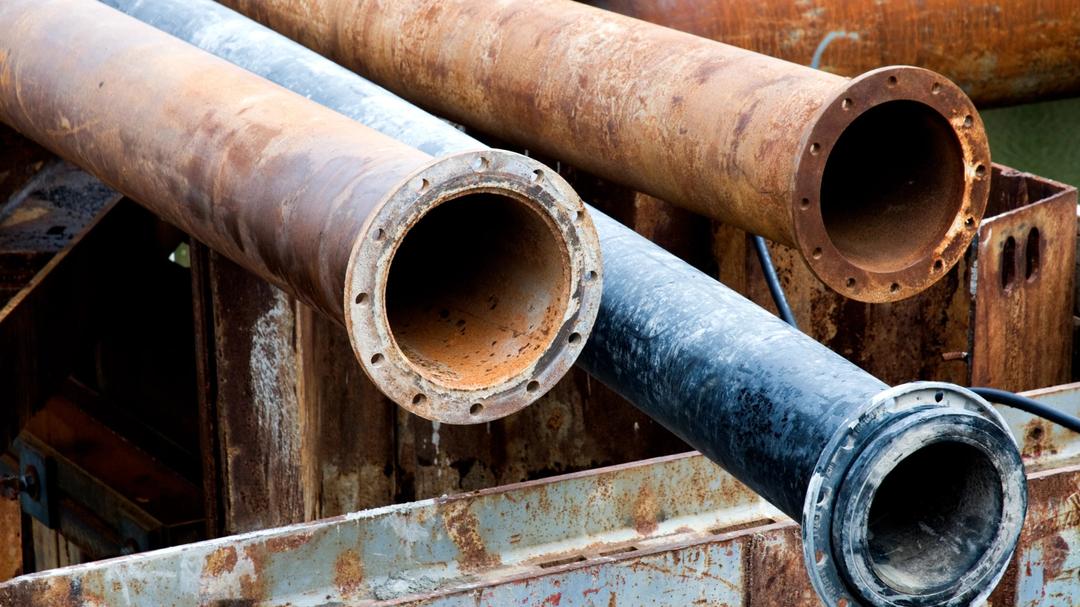Well water and tap water (i.e. your city water supply) are the two main sources of drinking water here in the U.S. In some ways, these sources are different from each other. In other ways, they’re the same.
So let’s dive into the unique advantages and disadvantages of each, so you can ensure the water you drink everyday is safe for you and your loved ones.





